 [I began publishing my “Latent Image” column in the Village Voice in June 1968, just over a year after the influential “New Documents” show at the Museum of Modern Art closed. (It ran at MoMA from February 28–May 7, 1967, then toured.) So while that show — curated by John Szarkowski, and featuring work by Diane Arbus, Lee Friedlander, and Garry Winogrand — served as an immediately available reference point for me (and my readers), I didn’t get to review it at the time.
[I began publishing my “Latent Image” column in the Village Voice in June 1968, just over a year after the influential “New Documents” show at the Museum of Modern Art closed. (It ran at MoMA from February 28–May 7, 1967, then toured.) So while that show — curated by John Szarkowski, and featuring work by Diane Arbus, Lee Friedlander, and Garry Winogrand — served as an immediately available reference point for me (and my readers), I didn’t get to review it at the time.
A catalog originally planned to accompany the show never appeared, apparently stymied by financial constraints. Thus, aside from its imprint on the memories of those who actually saw it at the time, the show left no permanent record of its contents; it has existed as legend, though with verifiable consequences.
So, earlier this spring, to celebrate this influential exhibition’s 50th anniversary, MoMA recreated it in print, publishing Arbus Friedlander Winogrand: New Documents, 1967 by Sarah Hermanson Meister, with an essay by Max Kozloff (who had reviewed the show for The Nation). This 160-page book reproduces all 94 images from the show, adding an abundance of contextualizing materials, including the essays just indicated, correspondence between Szarkowski and the photographers, and more. (You’ll find the original checklist and press releases, and a selection of installation shots, here.)
On the evening of February 27, 2017, the 50th anniversary of the invitational opening of “New Documents,” MoMA hosted a reception that included a livestreamed panel with Kozloff, Tod Papageorge, and Martha Rosler, moderated by Meister, a video of which you can view here.
In 1999, a left-coast museum commissioned me to contextualize that curatorial venture for the catalog of an exhibition including portfolios of work by the MoMA show’s three participants, “The Social Scene: The Ralph M. Parsons Foundation Photography Collection at the Museum of Contemporary Art, Los Angeles.” That essay, which appeared in 2000, gave me the opportunity to pull together my thoughts about this early example of Szarkowski’s curatorial project and the approaches to photography that he highlighted therein.
With this landmark exhibition now undergoing MoMA-sponsored reconsideration, I thought I’d post my essay about it (with its original footnotes), to add to the mix. Part 1 appears below; click here for Part 2. — A. D. C.]
•
Diane Arbus, Lee Friedlander, and Garry Winogrand at Century’s End
The “New Documents” exhibition opened at New York’s Museum of Modern Art on February 28, 1967, almost exactly a third of a century ago. Organized by John Szarkowski for the museum’s Department of Photography, this show featured almost 100 prints by three relatively unrecognized younger photographers from the east coast of the U.S. — Diane Arbus, Lee Friedlander, and Garry Winogrand — and came as a watershed moment in the evolution of contemporary photography.[1]
What exactly did this exhibition signify?
MoMA’s Department of Photography was at that point one of the few departments devoted to that medium in any art museum in the world, and inarguably the most powerful of all. Its director, John Szarkowski, installed in 1963, had by then fulfilled all the curatorial commitments of his predecessor Edward Steichen and had begun to mount shows that he’d conceived and organized himself.
Shortly after he’d assumed what Christopher Phillips has called “the judgment seat of photography,”[2] he’d offered what numerous people in the field took as a full-blown theory of photography, enunciated in the 1964 exhibition “The Photographer’s Eye” and the subsequent book version thereof.[3] That exhibit included not just prints by recognized photographers — Edward Weston, Aaron Siskind, Harry Callahan — but also imagery by lesser-known and even anonymous picture-makers, vernacular studio and press photography, even examples of what we might now call naïf photography.
The theoretical underpinning of this selection of pictures represented in large part a photographic version of high-modernist formalism as it had evolved in the critical writings of Clement Greenberg, Harold Rosenberg, and others who’d been coming to terms for some years with the Abstract Expressionist painters and sculptors. But no one had offered a photography-specific menu thereof as lucidly and engagingly written as Szarkowski’s.
Unlike those two theorists, however, Szarkowski leavened the high-art assumptions that served as his ground note with an egalitarianism suggesting that anyone, anywhere, at any moment, could (even accidentally!) make a great photograph worthy of preservation and study and placement alongside masterworks by those who’d devoted lifetimes to the medium. This located Szarkowski somewhere between Pop Art’s embrace of funky everyday culture and the rigors of the Ab-Ex address to the blank canvas in search of the white whale.
Photography had not until then enjoyed a steady supply of what the philosopher of science Thomas S. Kuhn would shortly identify as paradigms: magnetically charged new models of thought.[4] The Photographer’s Eye provided not just a thought experiment about how to analyze lens-derived still images but a paradigm, a persuasive hypothesis about the bases and functions of photography and photographs, a foundation on which to explore systematically the making of them: in short, a theory that suggested provocative possibilities for practice, including a set of experiments to test its hypotheses, an instrumentation, and even a methodology.[5]
What would an extensive oeuvre look like that its maker built, either consciously or intuitively, on those carefully articulated grounds? To answer that question, Szarkowski shortly thereafter turned to the work of three younger members of what historians would later identify as the “New York School” of photography,[6] bringing them together under the “New Documents” rubric: Diane Arbus, Lee Friedlander, and Garry Winogrand.
All were under the age of 40; and, though they’d each received at least one Guggenheim Foundation Fellowship, none had yet come to any public prominence. MoMA’s 1967 sponsorship of their work in this show made the careers of all three individually[7] while simultaneously associating them with each other indelibly and in perpetuity; meanwhile, the collective statement that emerged from their work in aggregate fell like a bombshell on the world of photography.[8] Szarkowski ambitiously sought with it to reconfigure the very way in which photographs were understood, and to suggest thereby something about how the actual making of them could be redirected.
•
What did these three photographers, buttressed by Szarkowski’s theorizing, have in common as practitioners — what paradigm did they constitute? And what drew other practitioners to these ideas?
Arbus, Friedlander, and Winogrand all worked exclusively in black & white and used small- to medium-format cameras — 35-mm. for Friedlander and Winogrand, 2-1/4-inch twins-lens reflex for Arbus. These are comparatively small, quiet instruments, ideal for unobtrusive sketching in the relatively dense social situations they all favored, light enough to be hand-held — this permitting them quicker responsiveness to facial expressions, body language, and configurations of people and other objects in motion.
So these camera systems facilitated impulsive, rapid reactivity to nuances and details, along with a fluid, gestural-drawing methodology. The consequent camera-handling strategies, and the gritty, off-kilter imagery that often resulted therefrom, built on the example of older members of the “New York School,” especially Robert Frank. They required an unprecedented acceptance of chance elements on every level of the photographic process; often, working in this fashion, one didn’t know what one had netted with the lens until scrutinizing the developed film. Increasingly asymmetrical, unbalanced, fragmented, even messy, especially in contrast to the photography that had preceded it, this work demanded of both photographer and viewer an openness to radically unconventional formal structures.
For their raw subject matter this trio, and their counterparts in their cohort,[9] favored the urban/suburban milieu of U.S. car culture in the Vietnam War era. They sometimes photographed in private spaces, and occasionally in rural areas, but most often in interior and exterior public spaces: offices, lobbies, airports, restaurants, buses and subways, but especially the streets of towns and cities across the country — what had just been named the “social landscape.”[10]
The resulting imagery emanated an aura of authenticity reminiscent of cinema verité, augmented with a tone of hip cynicism and épater le bourgeois, combined with a fascination with public behavior in general, an acceptance of the bizarre and grotesque and marginalized, and a distinct hint of cultural criticism — though nothing approximating a social critique emerges from the work of any one of them, nor from their collective output. Indeed, the theory itself, as outlined by Szarkowski, like formalist theory in general, insists that serious contemporary creative photographic image-making has no compatibility whatsoever with such a political, polemical motive. Here’s how Szarkowski described the tendency he chose Arbus, Friedlander, and Winogrand to represent in his wall label for “New Documents”:
“Most of those who were called documentary photographers a generation ago, when the label was new, made their pictures in the service of a social cause. It was their aim to show what was wrong with the world, and to persuade their fellows to take action and make it right.
“In the past decade a new generation of photographers has directed the documentary approach toward more personal ends. Their aim has been not to reform life, but to know it. Their work betrays a sympathy — almost an affection — for the imperfections and frailties of society. They like the real world, in spite of its terrors, as the source of all wonder and fascination and value — no less precious for being irrational. …”[11]
This non-political, anti-theoretical posture denies categorically and consistently that such photographs are in any way about their literal subject matter, insisting instead that photographs are entirely about themselves and in no way concerned with either the photographer’s inner life or whatever took place in front of the lens at the moment of exposure. As a stance, it became not just widespread but almost mandatory among practitioners of this genre of photography.
That’s a particularly problematic position to defend in regard to photographers whose work primarily involves not just the human presence but intricate social interactions in the complex environment of the modern city — the polity at work and at play in the polis. Not to put too fine a point on it, formalists have generally (and, in my opinion, wisely) eschewed, say, portraits of recognizably interracial couples carrying chimpanzees fully dressed in children’s clothing in their arms in a crowded zoo,[12] on the reasonable grounds that such subject matter carries so much cultural baggage as to overwhelm whatever formalist inquiry any resulting image might encode.
Yet one could also argue — as did Szarkowski in many of his writings, and, albeit gnomically, Winogrand himself[13] — that this constituted the most extreme pushing of the envelope, a walking of the razor’s edge in which one constantly confronted formalist purpose as content with the risk of falling into the trap of the denotations and connotations of the imagery’s contents, its literal subject matter. The work was to be understood as a mix of formal play with neutral (if ironic), apolitical observation of human social behavior, something like Stendhal’s “mirror held up along a highway” with attitude.
Many, myself included, have profound disagreements with this posture and the theory on which it relies.[14] Be that as it may, as Gerry Badger points out, “It says much for both the perception of Szarkowski, and the awesome extent of his influence at MoMA, that this trio represents the three figures accepted as the most dominant of the sixties.”[15] In effect, to paraphrase the name of a hip 1950s vocal group, when “New Documents” opened in early 1967 Arbus, Friedlander, and Winogrand became the “Two Jacks and a Jill” of photography, their distinctive voices playing counterpoint to each other, together forever.[16]
What’s even more important here is that this first public association of the work of Arbus, Friedlander, and Winogrand proved so germinal that from the paradigm it embodied there sprang a school of photography that proved vital and energized at least through the early eighties. That paradigm still has countless serious practitioners; moreover, it has influenced many workers in other forms of photography, and, even in our current phase of post-paradigm confusion, it refuses to roll over and play dead.
(Part 1 I 2)
•
Notes:
[1] The three had appeared together at that venue once before — in the 1965 “Recent Acquisitions” show curated by Szarkowski. For more on this see Patricia Bosworth, Diane Arbus: A Biography (New York: W. W. Norton, 2005), p. 234.
[2] Christopher Phillips, “The Judgment Seat of Photography,” October 22 (Fall 1982), pp. 27-63.
[3] John Szarkowski, The Photographer’s Eye (New York: Museum of Modern Art, 1966). The exhibition version ran at MoMA from May 27-August 23rd, 1964. Subsequently it traveled.
[4] Thomas S. Kuhn, The Structure of Scientific Revolutions (Chicago: University of Chicago Press, 1970).
[5] The book version of The Photographer’s Eye quickly became one of the fundamental teaching texts in the rapidly expanding pedagogy of photography on the college level.
[6] See Jane Livingston, The New York School: Photographs 1936-1963 (New York: Stewart, Tabori & Chang, 1992).
[7] It also effectively turned them into house brands at the museum. All three remained deeply identified with MoMA throughout their careers and — in the cases of Arbus and Winogrand — after their deaths.
[8] Two concurrent traveling shows, both with catalogs, explored the same territory in different ways: curator Nathan Lyons’s “Toward a Social Landscape” at the George Eastman House, which opened on December 16, 1966, and ran through February 20, 1967, and curator Thomas H. Garver’s “12 Photographers of the American Social Landscape,” whose debut took place from January 9-February 12, 1967 at the Rose Art Museum of Brandeis University in Waltham, Mass. Most historians of the period tend to discuss all three exhibitions in tandem — e.g., Gerry Badger, “From Humanism to Formalism: Thoughts on Post-war American Photography,” in Peter Turner, ed., American Images: Photography 1945-1980 (New York: Viking Penguin, 1985), 17-18, and Jonathan Green, American Photography: A Critical History 1945 to the Present (New York: Harry N. Abrams, 1984), 106. A full discussion of the “New Documents” show and its impact requires further consideration of the interaction between these three surveys.
[9] Those included in the two other concurrent survey shows mentioned in note 7, above, for example.
[10] Thomas H. Garver credits the term to Lee Friedlander; his source for the phrase is a quote in a brief biographical note about Friedlander accompanying a portfolio of reproductions in Contemporary Photographer, Vol. IV, no. 4 (Fall 1963), p. 15. See Garver, “Acknowledgments,” in the catalog 12 Photographers of the American Social Landscape (Waltham, MA: Rose Art Museum, Brandeis University, 1967), unpaginated.
[11] Undated, unnumbered one-page typescript on MoMA letterhead, from the archives of MoMA.
[12] The reference here is to a famous Winogrand image, “Central Park Zoo, New York City, 1967.”
[13] For Winogrand’s version of this pronouncement, see Dennis Longwell, “Monkeys Make the Problem More Difficult: A Collective Interview with Garry Winogrand,” in Peninah Petruck, ed., The Camera Viewed: Writings on Twentieth-Century Photography, Vol. II (New York: E. P. Dutton, 1979), pp. 118-128.
[14] See, for example, my essay “At Modern, Winogrand ‘Unedited'” in the New York Observer, Vol. 2, no. 28 (August 1, 1988), p. 10.
[15] Turner, op. cit., p. 18.
[16] For Arbus’s own ambivalent responses to participation in that show, see Bosworth, pp. 239-41, 245-49.
•
This post sponsored by an anonymous donation in memory of Miles Barth.
•
 Special offer: If you want me to either continue pursuing a particular subject or give you a break and (for one post) write on a topic — my choice — other than the current main story, make a donation of $50 via the PayPal widget below, indicating your preference in a note accompanying your donation. I’ll credit you as that new post’s sponsor, and link to a website of your choosing. Include a note with your snail-mail address (or email it to me separately) for a free signed copy of my 1995 book Critical Focus!
Special offer: If you want me to either continue pursuing a particular subject or give you a break and (for one post) write on a topic — my choice — other than the current main story, make a donation of $50 via the PayPal widget below, indicating your preference in a note accompanying your donation. I’ll credit you as that new post’s sponsor, and link to a website of your choosing. Include a note with your snail-mail address (or email it to me separately) for a free signed copy of my 1995 book Critical Focus!
 But wait! There’s more! Donate now and I’ll include a copy of The Silent Strength of Liu Xia, the catalog of the 2012-13 touring exhibition of photos by the dissident Chinese photographer, artist, and poet, currently in her sixth year of extralegal house arrest in Beijing. The only publication of her photographic work, it includes all 26 images in the exhibition, plus another 14 from the same series, along with essays by Guy Sorman, Andrew Nathan, and Cui Weiping, professor at the Beijing Film Academy.
But wait! There’s more! Donate now and I’ll include a copy of The Silent Strength of Liu Xia, the catalog of the 2012-13 touring exhibition of photos by the dissident Chinese photographer, artist, and poet, currently in her sixth year of extralegal house arrest in Beijing. The only publication of her photographic work, it includes all 26 images in the exhibition, plus another 14 from the same series, along with essays by Guy Sorman, Andrew Nathan, and Cui Weiping, professor at the Beijing Film Academy.


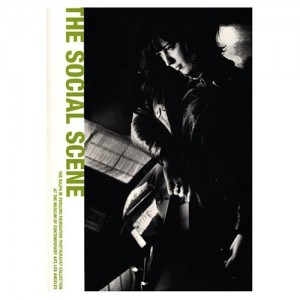
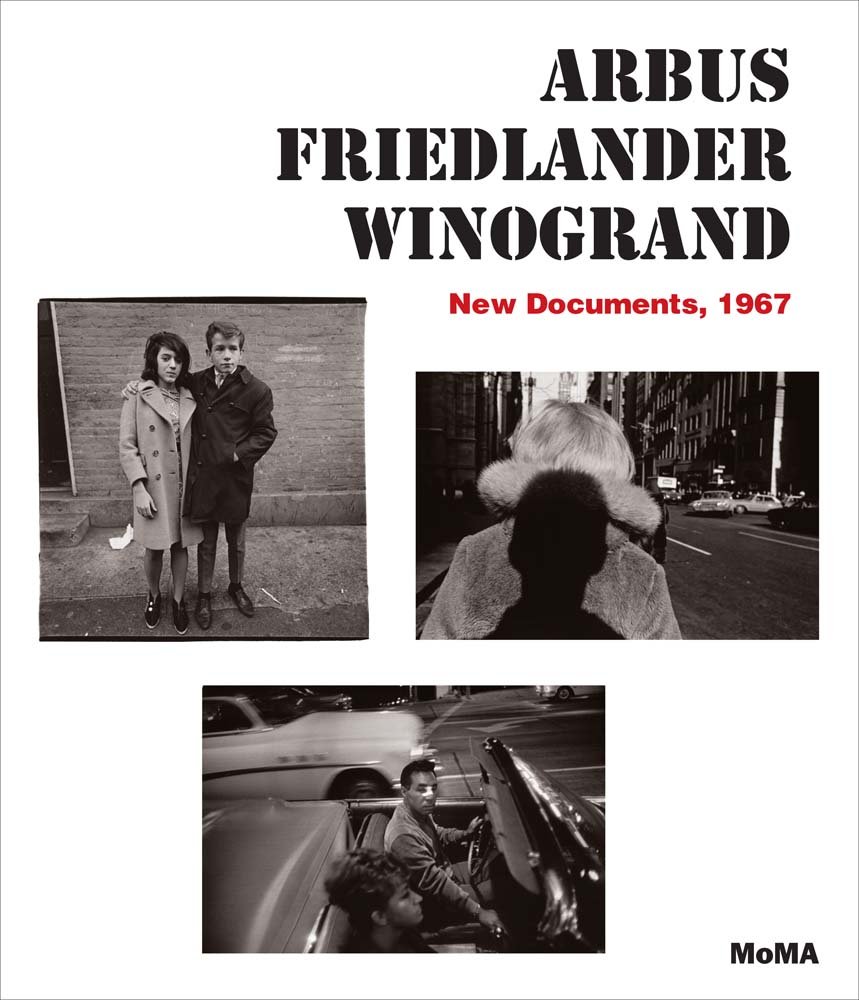
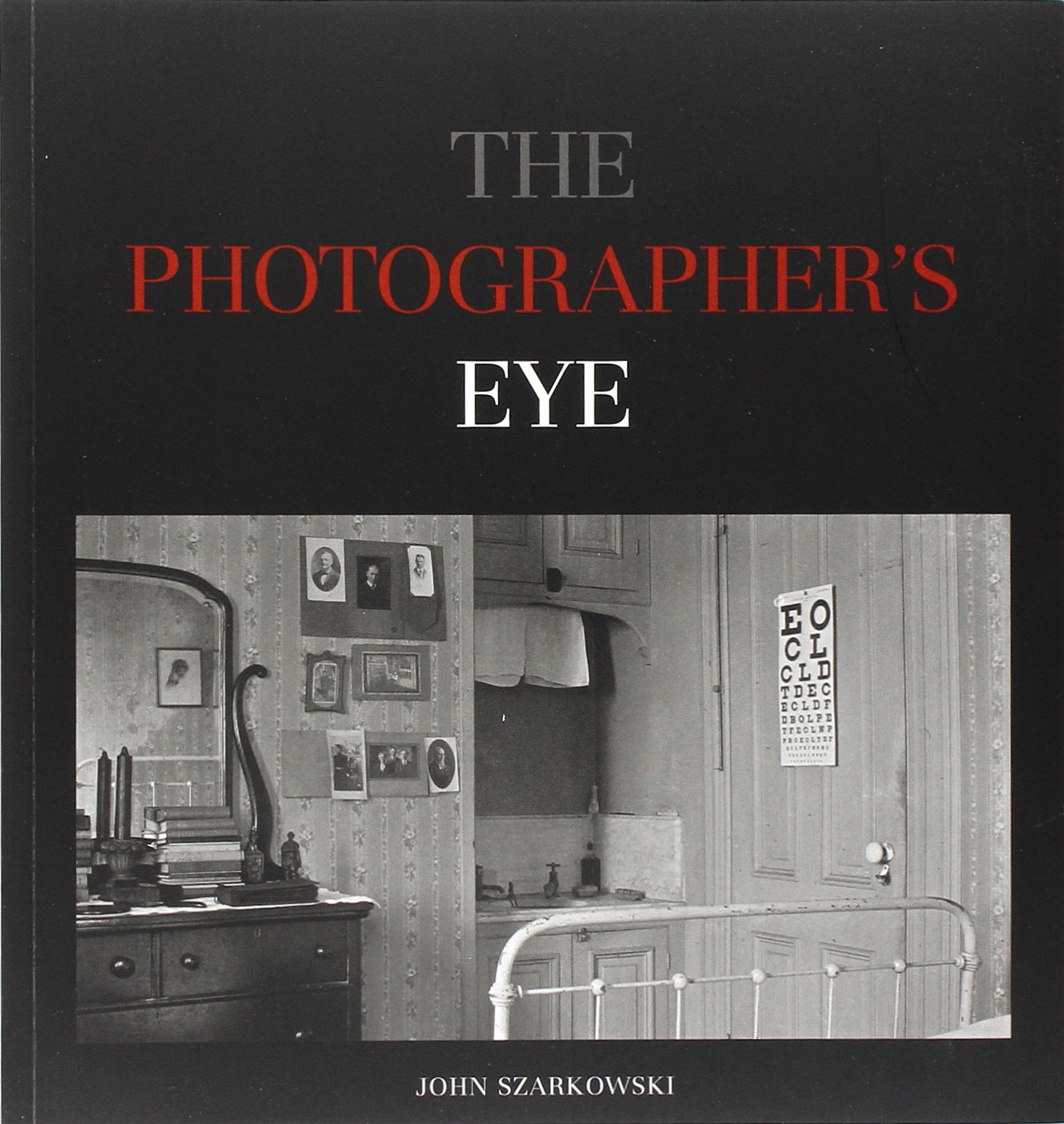
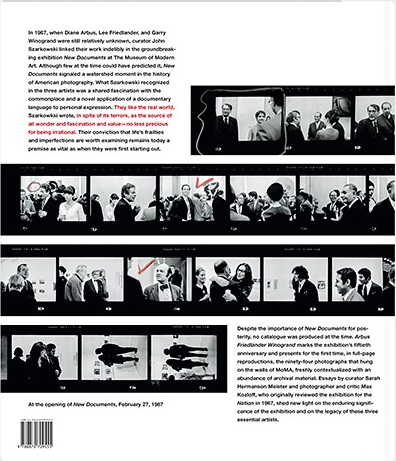
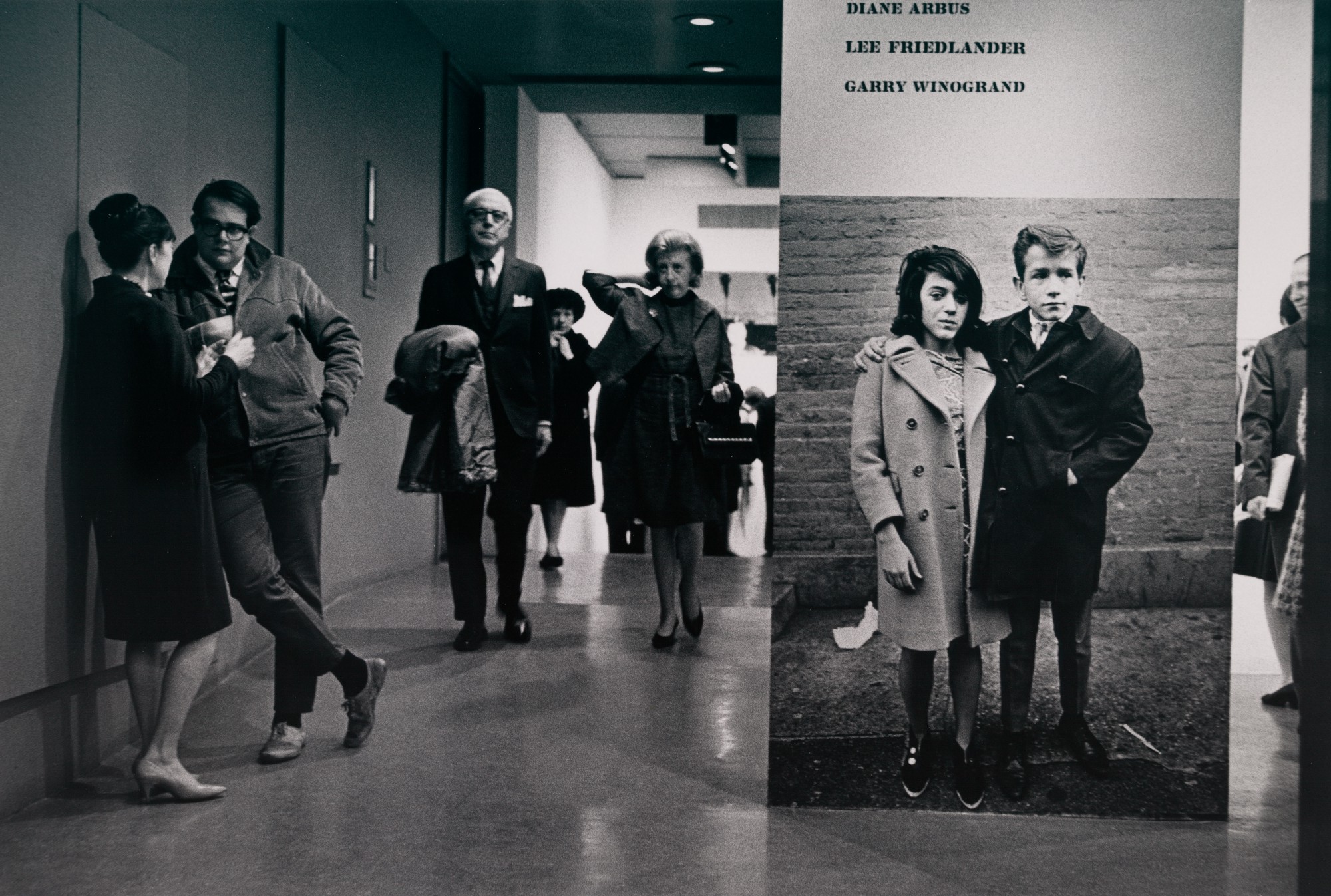
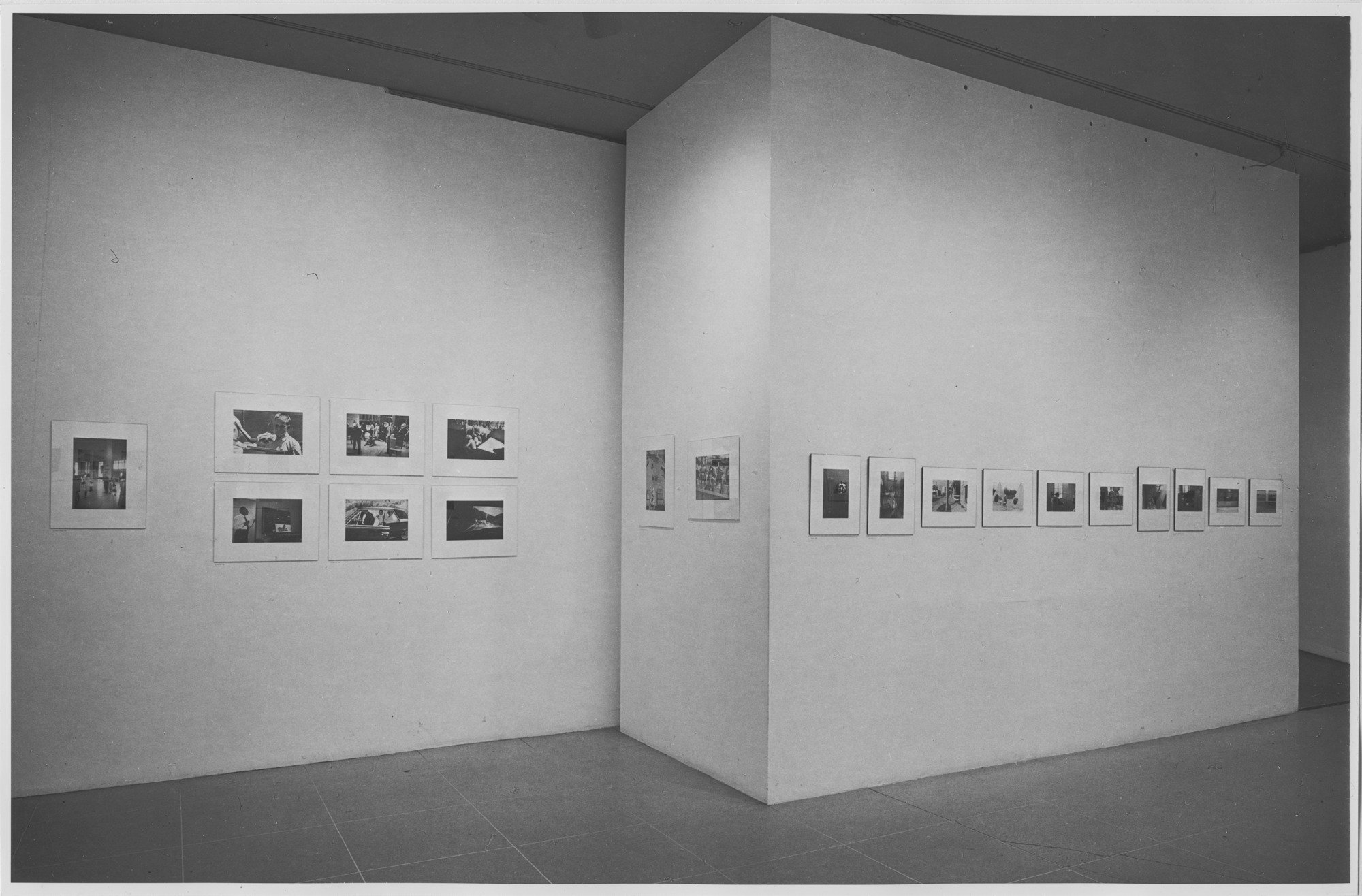
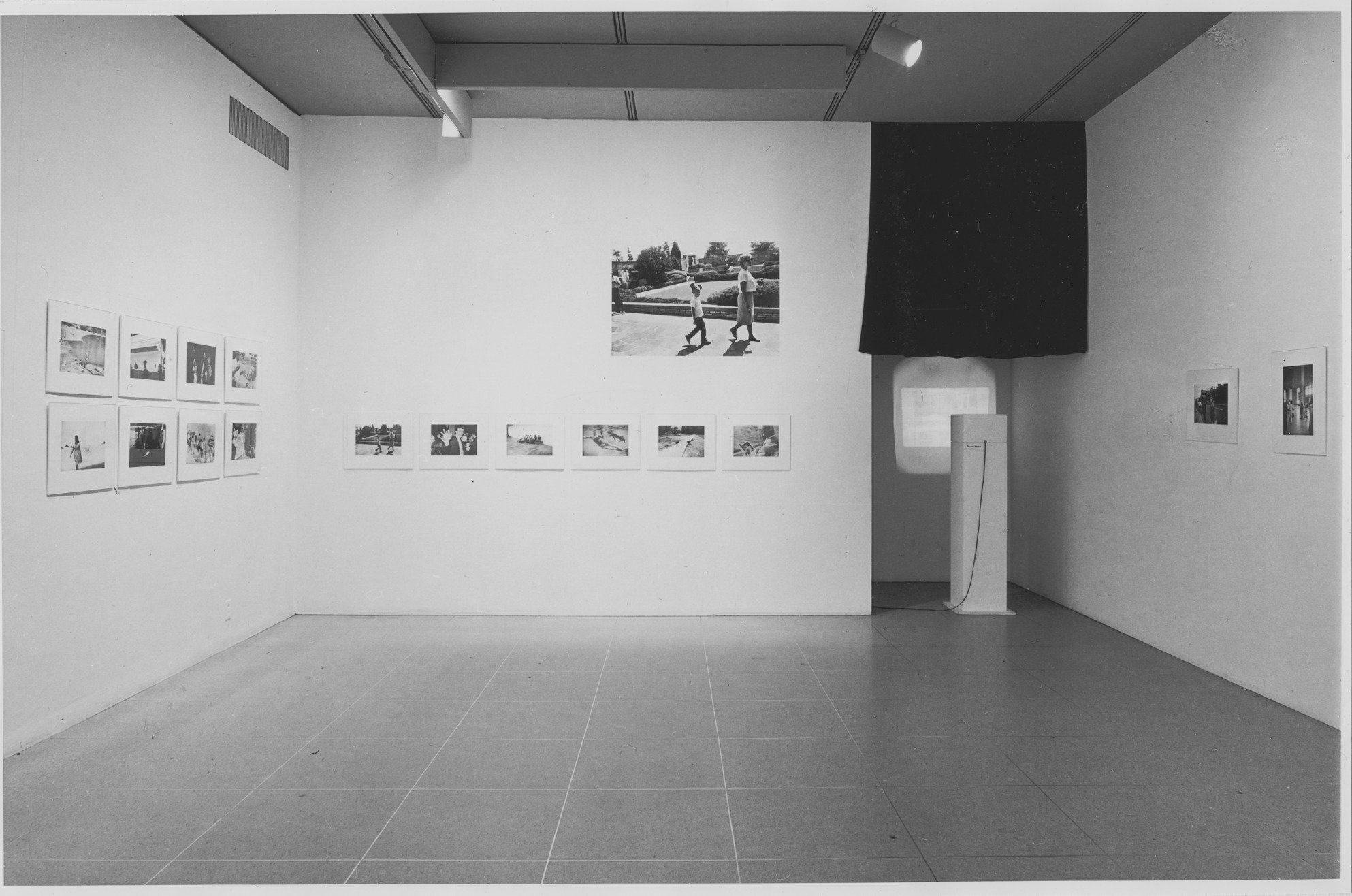




AD: I enjoyed reading this post. Sometime I hope you might write on another topic which obsesses me: what the invention of digital photography has done to the medium. This is the elephant in our room. The digital camera has shifted the selection process from the moment of exposure to the photographer’s home/studio. In a way this was anticipated by Winogrand who left the world thousands of undeveloped images for humanity to search through. Winogrand invented digital photography while he was still shooting film.
Another troubling topic is the decline of the print. I know a number of serious photographers who rarely make a print. One is expected to see and admire their digital output.
The invention of the printing press spread literacy throughout what had largely been an illiterate Europe where the readers/writers had been the Roman Catholic clergy. The process took several centuries. Where only a few had been writers, everyone became by the early 19th century a writer. Now thanks to the digital camera and the smart phone everyone is a photographer. And yet, just as with writers, there are good photographers and ordinary ones.
I recently came across an interesting quote from Thomas Mann: “a writer is someone for whom writing is hard.” I think if you substitute photographer for writer you get a useful definition.
So, these are some random thoughts. Perhaps you might be interested in writing about some of them.
An unrelated topic: I think that Arbus, Friedlander and Winogrand were all Jews. Historically, we’ve been alienated and troublemakers (think Freud, Marx, Einstein). Is there a connection with their photography ?
ADW
The version of the Thomas Mann quote that I know: “A writer is someone for whom writing is more difficult than it is for other people.”
For my thoughts on the “decline of the print,” see my 1999 essay, “The Disembodied Photograph,” in MIT’s Technology Review. Of course, we have to temper that with the fact that AIPAD’s annual expo, The Photography Show, keeps growing — indicating that the public appetite (and market) for photographs in object form has not abated.
Finally, re your other question, see my essay “No Pictures: Some Thoughts on Jews in Photography” (1998).